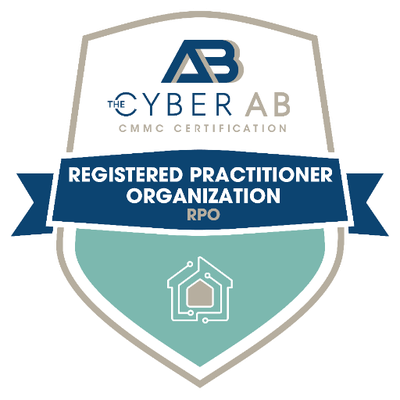Cybercrime has been steadily increasing over the years. However, the rise of ransomware attacks has been particularly troubling. These attacks have been growing in number recently and focusing on local government entities such as cities, police stations, and schools.
The Threat of Ransomware
Ransomware is a type of malicious software hackers have created to lock, or encrypt, an individual’s computer behind a paywall. The malware essentially takes the computer hostage, requiring the victim to pay a “ransom” if they ever want to regain access to their data. What’s more problematic is that even if you do decide to pay the ransom, there’s no guarantee the hacker will restore access.
Types of Ransomware
Ransomware isn’t just a single entity; think of it more as a category of malware containing a number of subcategories. Each variation has its own purpose and differs in the amount of harm it can cause. However, they’re all joined by a singular focus—to make you pay.
- Crypto malware: This is one of the most destructive types of ransomware out there. It can spread quickly, affecting computers and mobile devices alike. A well-documented example of this variant is the WannaCry attack of 2017 that infected thousands of computers worldwide.
- Lockers: Lockers are known for infecting your operating system, making it impossible for you to use your computer at all.
- Scareware: Scareware masquerades as antivirus software or a cleaning tool. As the name suggests, it scares you into thinking your device is infected and aggressively demands money to resolve the problem.
- Doxware: Also known as leakware, this malware threatens to leak personal information online if a ransom isn’t paid.
- RaaS: Similar to software as a service (SaaS), ransomware as a service (RaaS) is outsourced to a third party. Criminals will have an anonymous hacker handle the distribution, ransom collection, and decryption for a cut of the money.
Increasing Number of Attacks
In the first four months of this year, there have been 21 publicly acknowledged ransomware infections in the public sector. That number could increase, as attacks against state and local governments aren’t normally reported right away. If the frequency keeps up, the number of infections could outpace last year’s attacks. Baltimore is the last major city to get hit with a flurry of ransomware and has, in turn, quarantined its computer networks.
Who’s Behind the Attacks
The culprits behind these types of crimes range from organized gangs to solo actors. In some cases, the attacks can be carried out by people who are working tangentially with governments from other countries.
What You Can Do to Protect Yourself
Although attacks toward private individuals are decreasing as public-sector threats rise, you should still take steps to protect yourself. A few things you can do are:
- Download security software
- Don’t immediately open email attachments
- Beware of email attachments that ask you to enable macros
- Backup your information on an external hard drive.
- Use cloud services
A Protection Solution You Can Trust
At SSE, our team is dedicated to information security. We will work with you to keep your network safe and secure with our variety of cybersecurity services. If you’d like to learn more about what we can do you keep your system safe, give us a call today!






